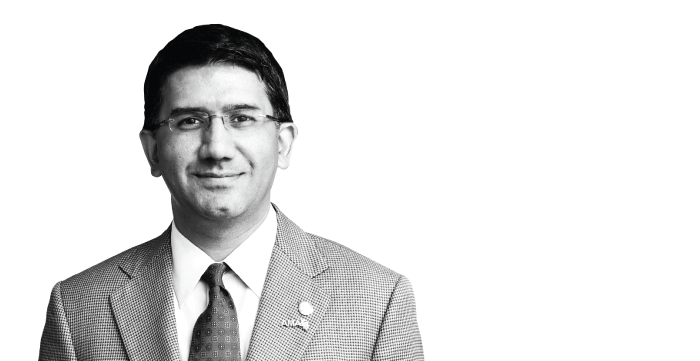
The term “rubber bullets” offers a false sense of security when it comes to the eye. A study into the type and severity of ocular and orbital injuries caused by rubber bullets found that orbital fractures are common: “The tissues of the orbit are easily penetrated. If the globe is hit, it is rarely salvageable (1).” Of the 42 patients the researchers assessed, 54 percent had lid or skin lacerations, 40 percent hyphemia, 38 percent ruptured globe, 33 percent orbital fracture, 26 percent retinal damage, and 21 percent retained rubber bullet in or around the orbit. Unfortunately, eye injuries of this kind are becoming increasingly common worldwide.
In 2019, Chilean protests saw Santiago’s ophthalmologists treat more than 211 patients in the space of a month with severe eye injuries resulting from non-lethal rounds. Over a third of patients arrived with rubber, metal, or ceramic fragments still lodged in their eyes. Researchers at the University of Chile later conducted an analysis into the pellets and found that 80 percent are composed of denser materials – such as lead – that increase the projectile’s velocity, making it as hard as a skateboard wheel (2). Do they still seem safe to you?
In 2016, a wave of protests against Indian military presence in Kashmir saw more than 570 patients report to the region’s main government hospital between mid-July and late August alone. That year went on to be remembered as the “year of dead eyes” – and I fear 2020 will be ours (3).
Protests which started in late spring saw the use of rubber bullets as a crowd control and dispersal technique – and the effects were devastating. In a single week of unrest, 12 people were partially blinded – and eight were completely blinded (4). Chicago-based glaucoma specialist Steve Gieser MD has been posting poignant clinical vignettes of individuals affected by tear gas, rubber bullets, and other projectiles. What can we do to stop this from happening? We can advise our patients to protect their eyes and seek medical attention in the case of physical or chemical trauma – but the truth is, until the use of these vision threatening instruments is curbed, we will continue to see these kinds of injuries. We have a responsibility as healthcare practitioners to protect our patients – and that means advocating against the use of rubber bullets.
In June, I joined the American Academy of Ophthalmology in asking physicians, public health officials, and the public to condemn this practice by supporting the #NoMoreRubberBullets campaign. The AAO said it best in the statement, “Americans have the right to speak and congregate publicly and should be able to exercise that right without the fear of blindness. You shouldn’t have to choose between your vision and your voice (5).”
Although nothing has changed (yet), we must continue to make our voices heard. I realized a long time ago that a critical part of being a physician is being a citizen lobbyist. As ophthalmologists, it is our job to represent the best interests of our patients, whether in the exam room or the statehouse. We cannot let there be another year of dead eyes.
As with potential tear gas exposure, eye protection is the best initial option to avoid injury from rubber bullets and projectiles – but it’s not a guarantee. If exposed to a rubber bullet or projectile injury, individuals must protect the eye immediately. The eye may have an “open injury” (ruptured globe). This is a medical emergency; intraocular contents are fragile and must be preserved.
If injury occurs, remember the military phrase “SHIELD AND SHIP.” In transit to the emergency room:
- Do not touch the eye.
- Do not rub the eye.
- Stay upright.
- SHIELD: Place a hard shield around the eye. Even a temporary eye shield, such as paper or Styrofoam cup, may work in an emergency.
- SHIP: Seek emergency room and ophthalmology consultation immediately.
The Department of Ophthalmology at the University of California San Francisco has partnered with the AAO to collect information regarding ocular injuries surrounding civil protests. To add a case to this registry, please use the Google Form here.
References
- T Lavy, S Asleh, “Ocular rubber bullet injuries,” Eye, 17, 821 (2003). PMID: 14528243.
- The New York Times, “A Bullet to the Eye Is the Price of Protesting in Chile” (2019). Available at: https://nyti.ms/3d7SqPd.
- The New York Times, “An Epidemic of ‘Dead Eyes’ in Kashmir as India Uses Pellet Guns on Protesters” (2016). Available at: https://nyti.ms/3lkydsb.
- The Washington Post, “Partially blinded by police” (2020). Available at: https://wapo.st/3nsEUKw.
- AAO, “Nation’s Ophthalmologists Condemn Use of Rubber Bullets” (2020). Available at: https://bit.ly/3nocfqc.
